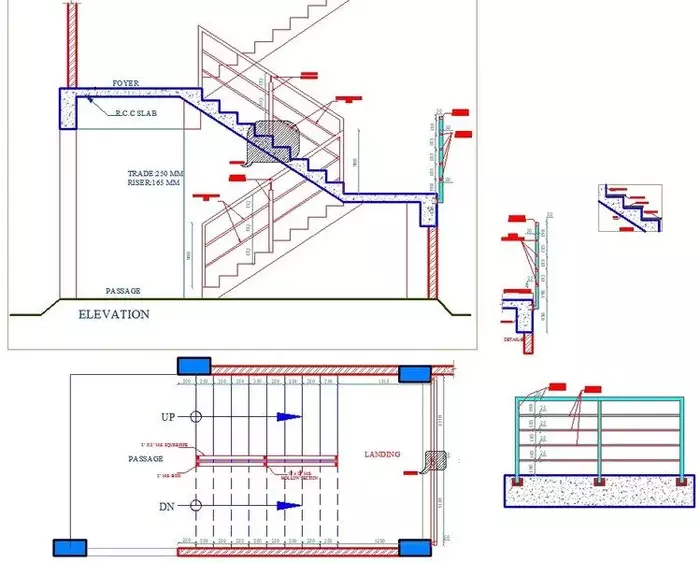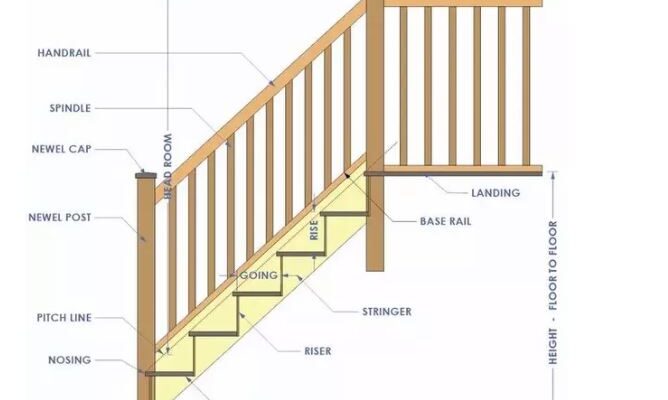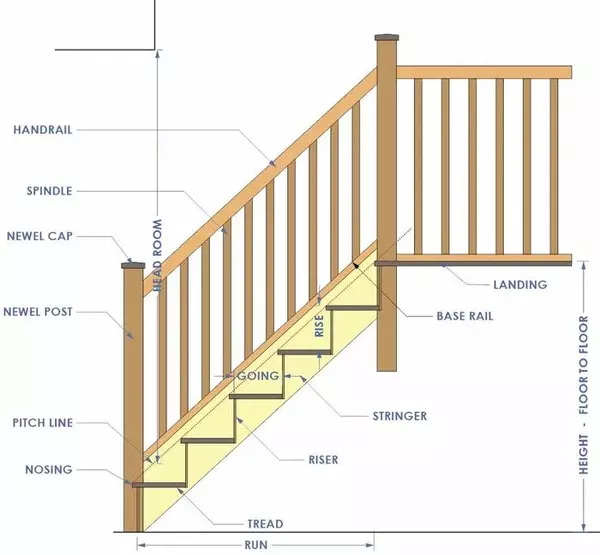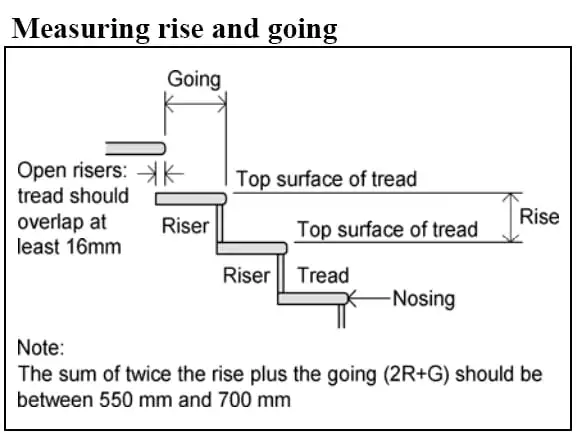Have you ever wondered what goes into designing a dog legged staircase? In this article, we will explore the components that make up this unique type of staircase and discuss the design considerations that architects and engineers take into account when creating them.
Components of a Dog Legged Staircase
- Treads: The horizontal surface that you step on when using the staircase. Treads come in various materials such as wood, concrete, or metal.
- Risers: The vertical part that connects one tread to the next. Risers help prevent you from slipping and falling between the steps.
- Stringers: The inclined beams that support the treads and risers. Stringers are an essential component of any staircase as they provide structural support.
- Handrails: The railing along the side of the staircase that you can hold onto for support. Handrails are crucial for safety, especially on steep staircases like the dog legged design.
- Balusters: The vertical posts that support the handrail. Balusters can be made of wood, metal, or glass and come in various decorative designs.
Design Considerations for Dog Legged Staircases
When designing a dog legged staircase, architects and engineers must take into account several factors to ensure that the staircase is safe, functional, and aesthetically pleasing.
- Space: Dog legged staircases are known for their compact design, making them ideal for tight spaces. It is essential to consider the available space when determining the size and layout of the staircase.
- Traffic Flow: The design of the staircase should promote smooth traffic flow, allowing people to move up and down the stairs efficiently. Consider the number of people who will be using the staircase and design it accordingly.
- Safety: Safety is paramount when designing any staircase, especially one as steep and compact as a dog legged design. Handrails, balusters, and proper lighting are essential elements to ensure the safety of those using the staircase.
- Aesthetics: In addition to being functional and safe, a staircase should also be visually appealing. Choose materials, colors, and finishes that complement the overall design of the space.
In conclusion, designing a dog legged staircase requires careful consideration of the components that make up the staircase and the design factors that influence its layout. By taking into account space, traffic flow, safety, and aesthetics, architects and engineers can create a staircase that is both practical and beautiful. So, next time you encounter a dog legged staircase, take a moment to appreciate the thought and expertise that went into its design.
SEO Meta Description: Learn about the components and design considerations of a dog legged staircase to create a safe and visually appealing architectural feature.
Title: The Dog Legged Staircase: Exploring Components & Design 





